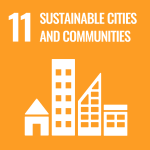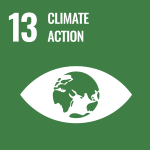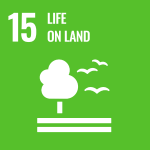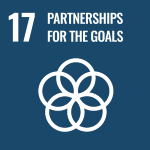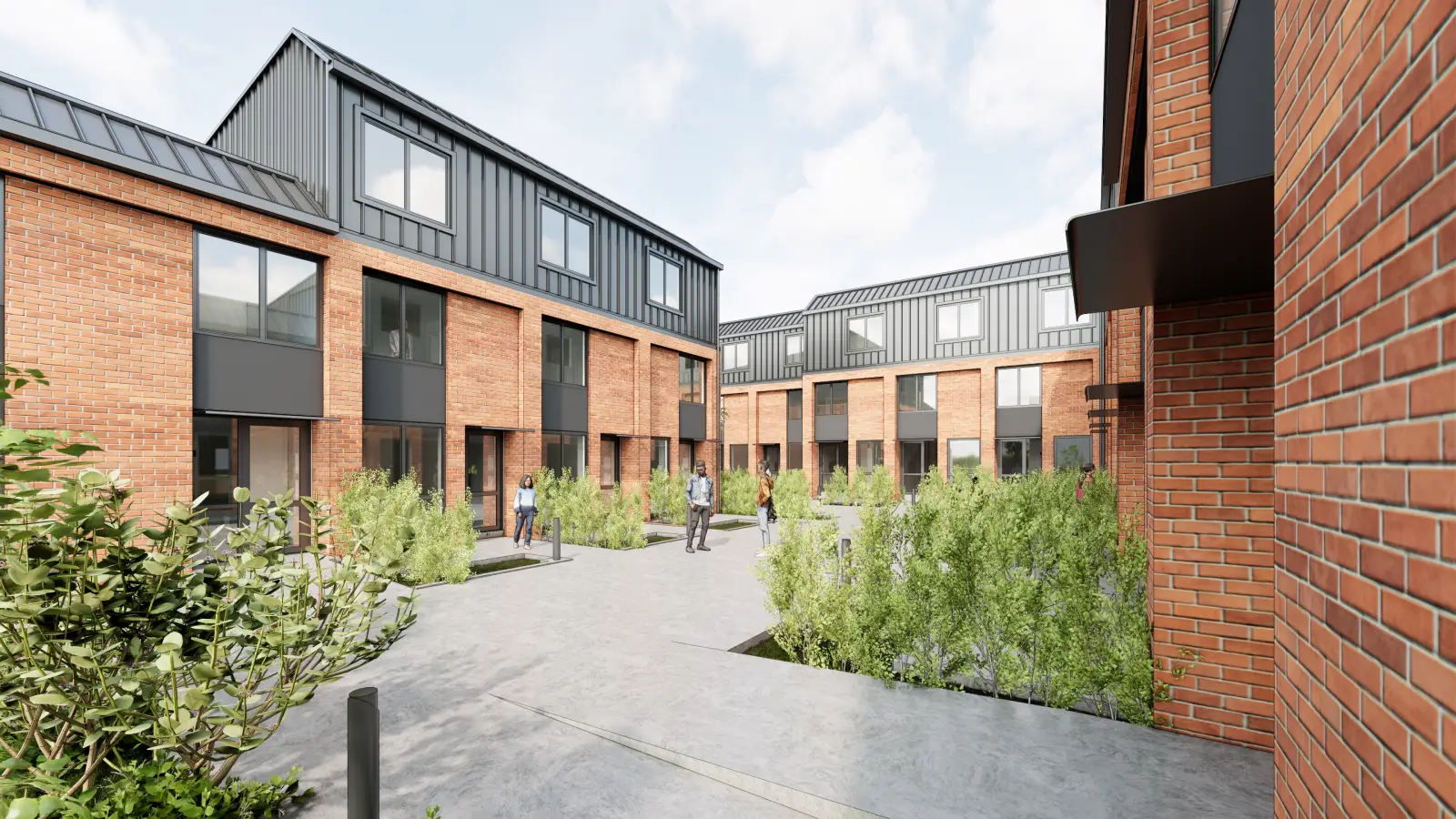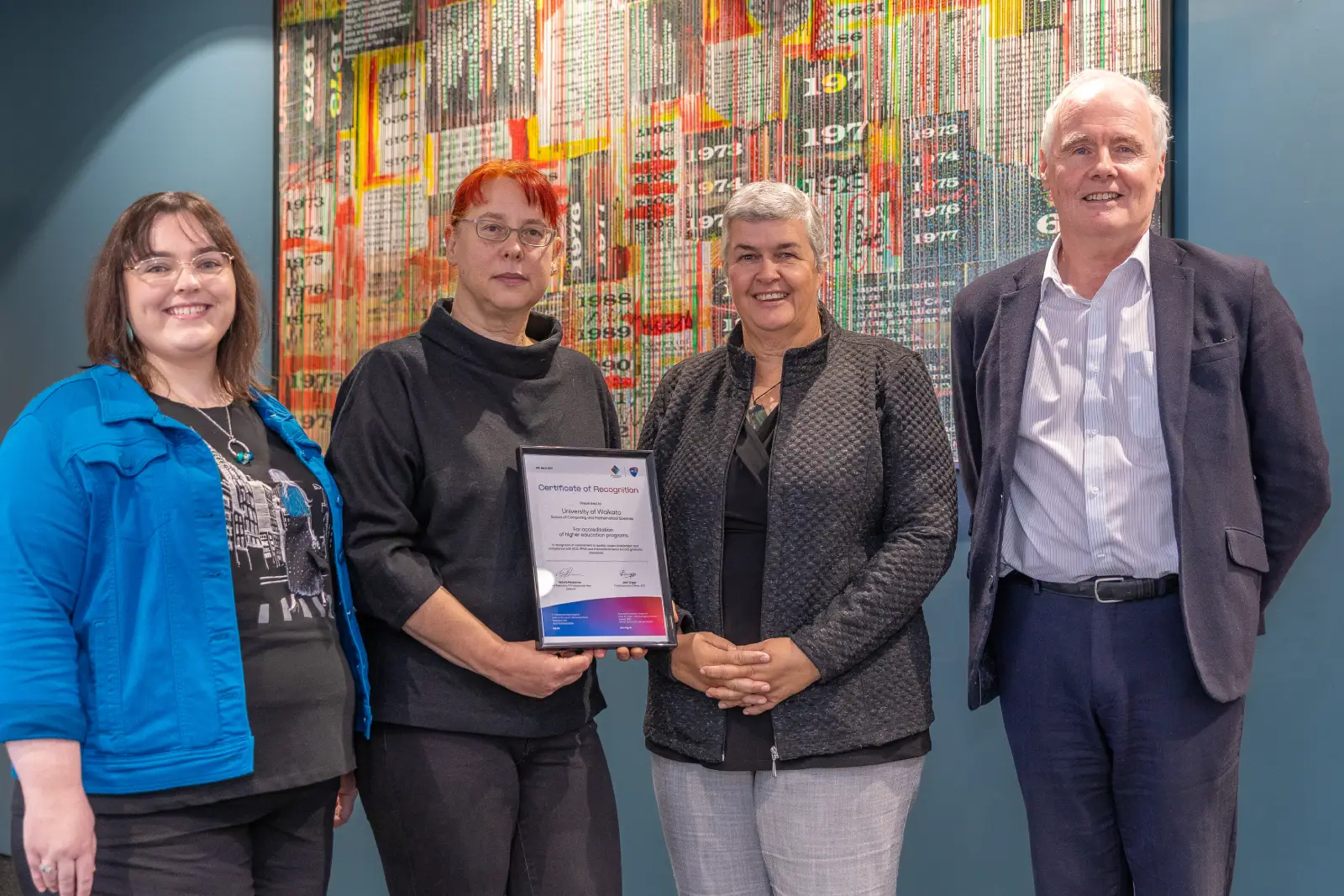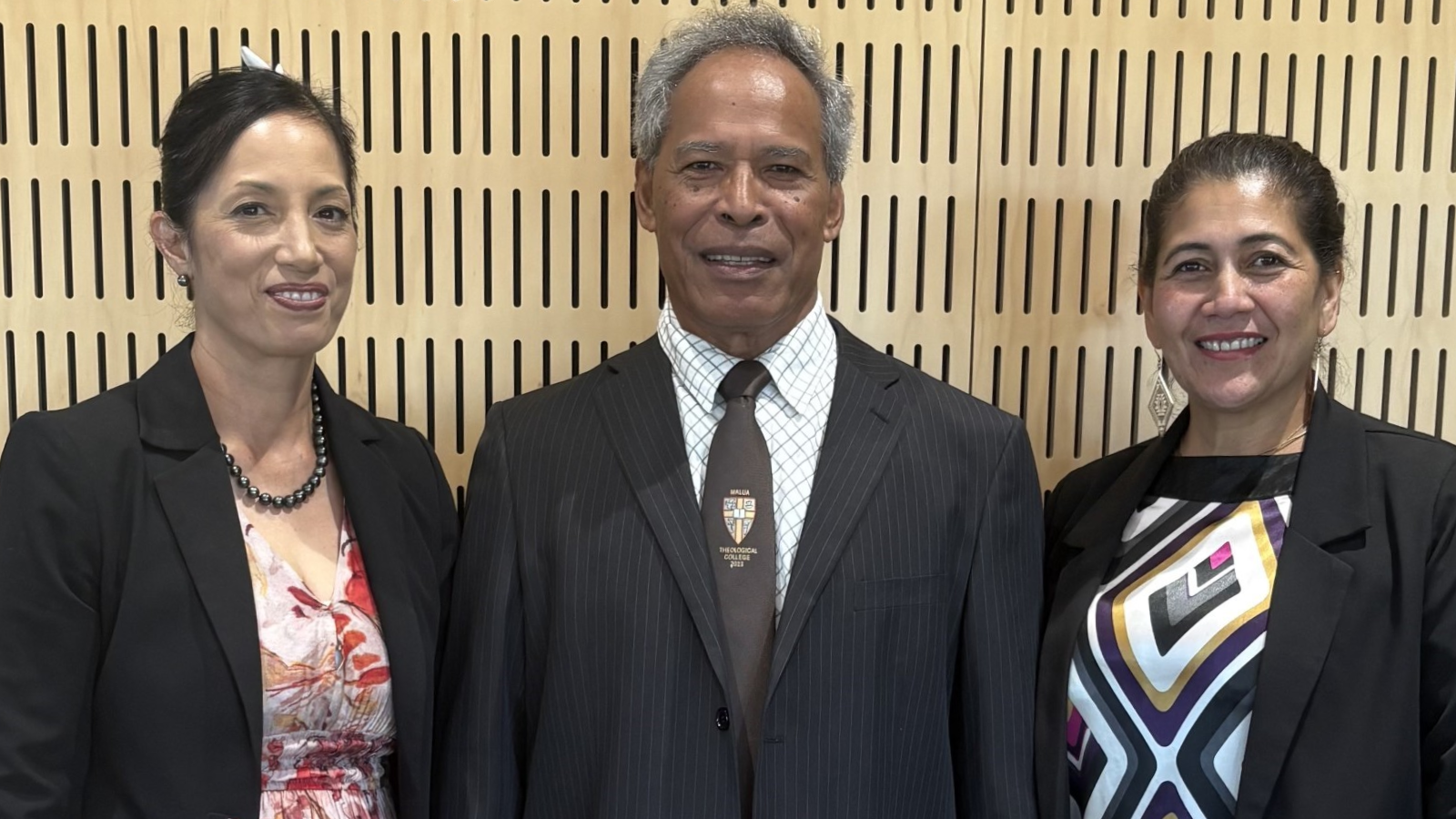Led by the University’s Professor Bruce Clarkson and supported by Programme Manager Dr Rachel Nepia, the People, Cities, Nature initiative focuses on restoring Indigenous flora and fauna in urban environments while fostering a reconnection between people and the environment.
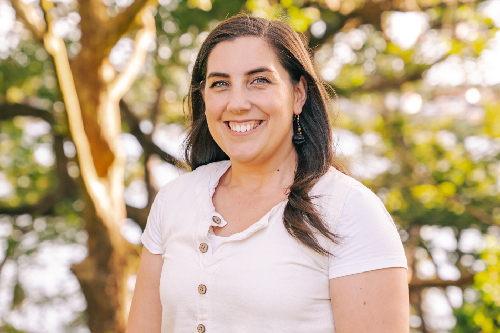
Programme Manager Dr Rachel Nepia is supporting Professor Bruce Clarkson's initiative, 'People, Cities, Nature'.
Urban areas are home to 87% of New Zealand’s population and are key in solving the global diversity crisis and improving human wellbeing.
“We’re exploring how we can reintegrate trees, plants and animals into New Zealand cities and towns to enhance the quality of life, health and economic wellbeing,” says Dr Nepia.
The programme has four key focus areas: residential design for biodiversity; restoring urban wildlife; urban soil biodiversity and health; and mātauranga-led restoration.
With nearly two decades of delivering world-class research on urban nature restoration, People, Cities, Nature now engages 25 researchers across New Zealand and Australia, including participation from University of Waikato postgraduate students.
The programme collaborates with local and regional councils, businesses and iwi to facilitate meaningful change.
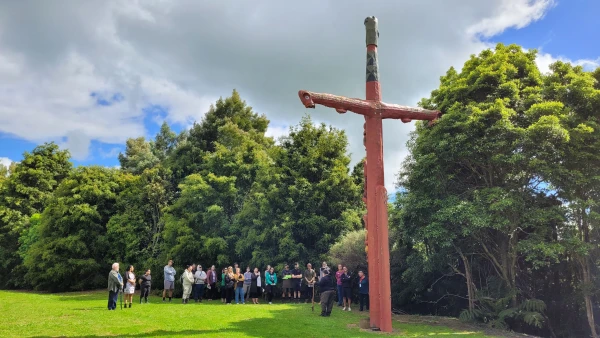
“We face a lot of barriers when trying to reintroduce nature into cities and buildings, such as population density and budget constraints. We must continue collaborating with these groups and supplying research, so we can enact positive change,” says Dr Nepia.
A series of wānanga were held with iwi in Hamilton in 2023, exploring traditional knowledge relating to the nature and history of cities. A final wānanga is scheduled for February 2024, and an upcoming conference involving regional and city councils will also aim to disseminate research findings and their implications.
People, Cities, Nature played a role in advocating for 10% native vegetation cover in New Zealand cities, which has since been adopted in the new National Policy Statement for Indigenous Biodiversity policy, enacted in August 2023. In 2007 a survey of 20 New Zealand cities showed an average of only 2% native landcover.
This research aligns with the following United Nations Sustainable Development Goals:
